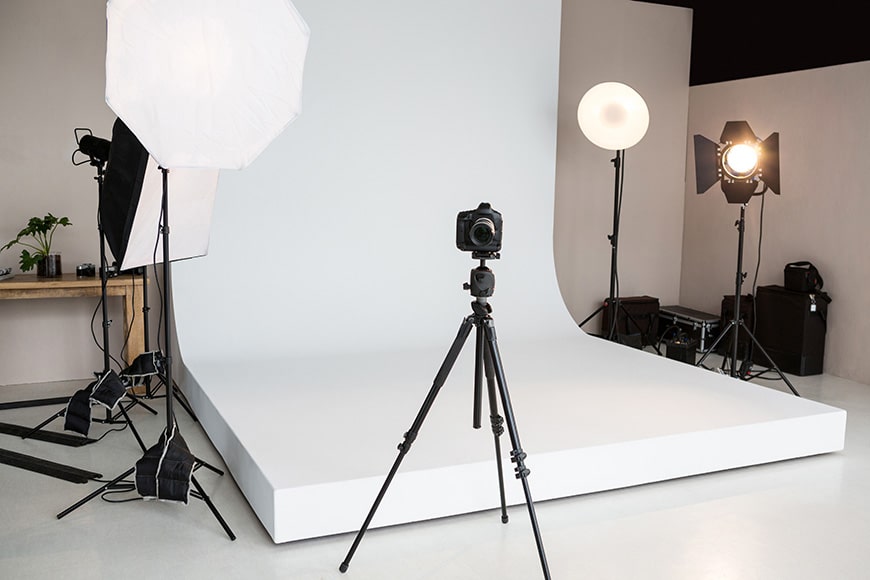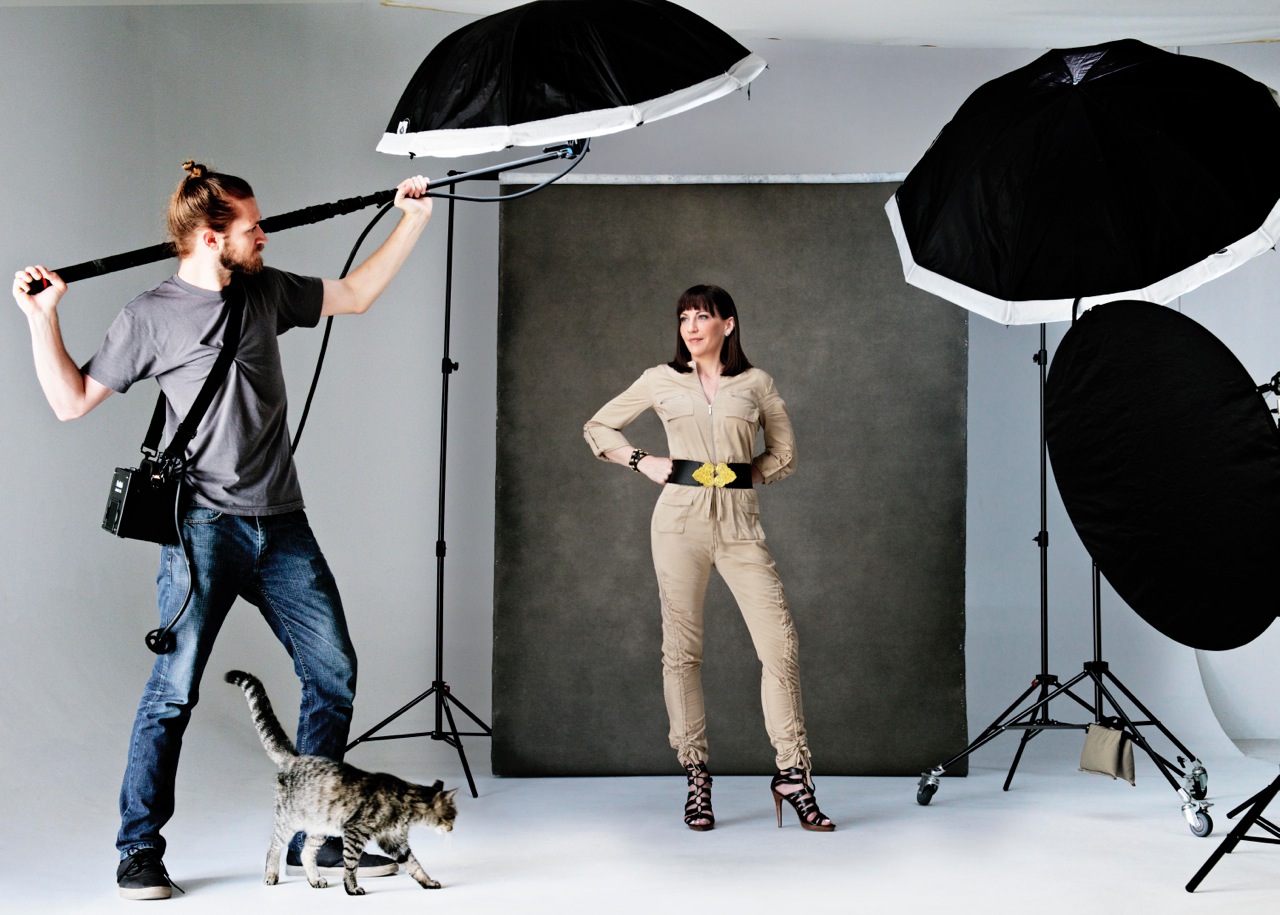What Lighting Do I Need for Indoor Photography to Shine?
What lighting do I need for indoor photography? This is a question that has puzzled many professional photographers. Lighting is the soul of photography; it can make or break your shot. Whether youre shooting portraits, product photography, or creative still life, the right lighting setup can elevate your work to extraordinary levels. In this article, we will delve deep into the various lighting setups that can elevate indoor photography, ensuring you never have a dull moment behind the lens.

Understanding Indoor Lighting Basics
Before we dive into the specific types of lighting, it's essential to grasp the fundamentals of indoor lighting. Indoor environments can be tricky due to the lack of natural light and the limitations imposed by artificial sources. Understanding the different types of light will equip you with the ability to manipulate them effectively.
Types of Indoor Lighting
Indoor lighting can generally be categorized into three main types: ambient light, task light, and accent light. Ambient light fills the room and provides the overall illumination. Task light is more focused and is intended for specific tasks, such as reading or detailed work. Finally, accent light can add depth and interest to your photographs through selective highlighting.

Choosing the Right Equipment
Your choice of equipment plays a crucial role in achieving the right lighting for your indoor photography. Heres a breakdown:
- Continuous Lighting: This type of lighting remains on, allowing you to see how light affects your subject in real-time. It's great for beginners who are still figuring out how different light sources influence their shots.
- Flash Units: Versatile and powerful, flash units can provide more light than continuous setups. Use them wisely so as not to create harsh shadows.
- Softboxes: Softboxes diffuse light, creating a soft illumination that reduces harsh shadows. They're perfect for portrait and product photography.
Essential Lighting Techniques
Getting the hang of various lighting techniques can greatly improve your indoor photography. Here are a few you should consider:
- Rim Lighting: This technique outlines the subject with light behind them, creating a striking effect. Read more about rim lighting.
- Broad Lighting: Broad lighting illuminates the side of the face thats turned towards the camera, often used in portrait photography. You can learn more about this here.
- Flat Lighting: Flat lighting reduces shadows and is often used in product photography to capture small details. For further details, check out this article on flat lighting.

Creating the Perfect Lighting Setup
Every setup will depend on what you are trying to achieve. Here are some key points to consider:
- Consider the Space: Look at how much space you have. A smaller room may require you to use bounce boards to reflect light rather than large softboxes.
- Use Light Modifiers: Accessories like reflectors and diffusers can be invaluable in controlling the quality of your light.
- Positioning is Key: Experiment with the placement of your lights. Sometimes the best results come from trying unexpected angles.
Manipulating Natural Light
Harnessing available natural light can significantly affect the quality of your indoor photography. Here are tips on how to manipulate it:
- Window Light: Position your subject near a window to take advantage of soft, diffused light. It can create a dreamy atmosphere.
- Reflectors: Use reflectors to bounce light off surfaces and brighten up shadowy areas of your subject.
- Time of Day: Be mindful of the time of day as sunlight changes color temperature. Early morning and late afternoon provide softer light, ideal for photography.

Common Mistakes to Avoid
Even experienced photographers can make mistakes when it comes to lighting. Here are some common pitfalls:
- Overexposing: Be cautious about overexposing your images. Ensure that your light sources are well balanced.
- Ignoring White Balance: Poor white balance can turn your photos yellowish or blue. Always adjust your camera settings appropriately.
- Fragile Lighting Setup: Ensure that your lights are stable and secure to avoid accidents or equipment damage.
Conclusion
Understanding what lighting do I need for indoor photography is a critical skill for any professional photographer. It is the foundational aspect that serves as a launching pad for your storytelling through imagery. Continually experimenting with different lighting setups, styles, and techniques will enrich your portfolio and overall creative output.
Finally, remember to keep learning. Photography lighting constantly evolves with new technologies and techniques, and staying informed is vital to your success.
FAQs
What type of lighting is best for indoor photography?
Natural light mixed with soft artificial light usually works best.
How can I create soft light indoors?
Using softboxes or diffusers can significantly soften harsh light sources.
What is the role of a reflector in indoor lighting?
Reflectors help bounce light onto your subject, filling in shadows for a more balanced exposure.
As an Amazon Associate, I earn from qualifying purchases.

